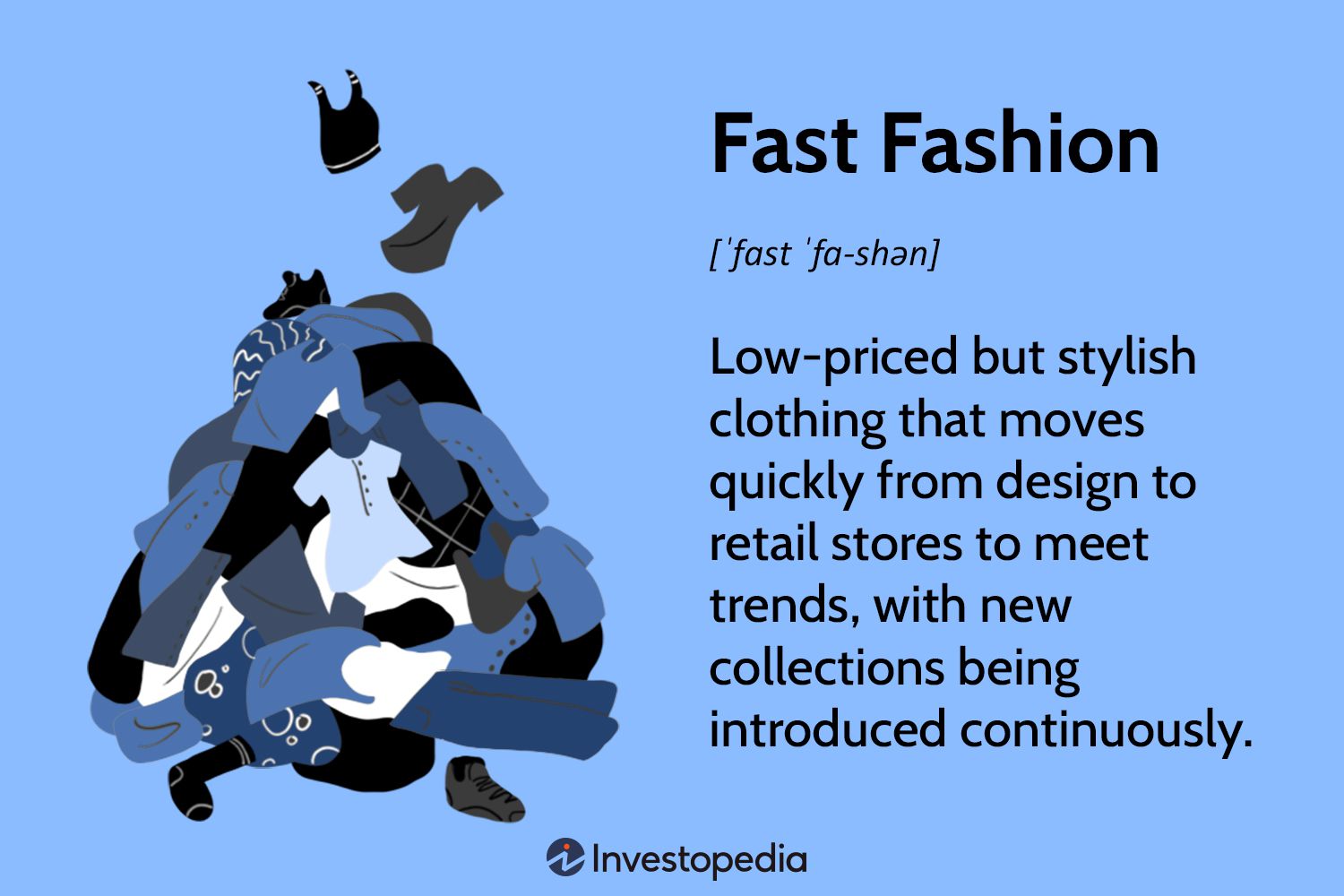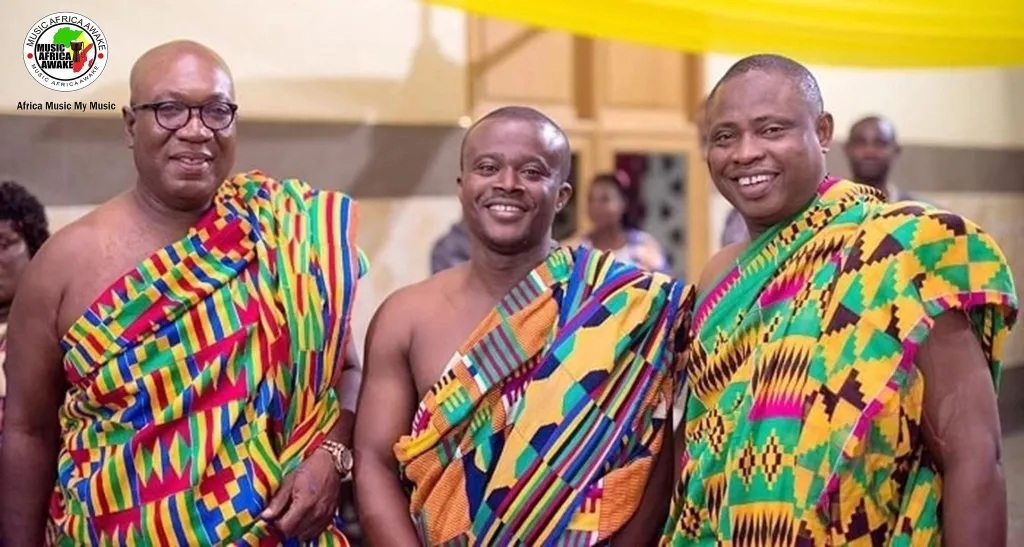
Fashion, once synonymous with rapid trends and disposable garments, is undergoing a profound transformation. In recent years, the industry has been increasingly scrutinized for its environmental and social impact. This scrutiny has prompted a global shift towards sustainability, pushing designers, brands, and consumers alike to reconsider their choices and practices. As we navigate the complexities of a changing world, the imperative for sustainable fashion becomes more evident than ever.
The Rise of Sustainable Fashion
The concept of sustainable fashion encompasses a range of practices aimed at reducing the industry’s ecological footprint and promoting ethical manufacturing processes. Key principles include using environmentally friendly materials, minimizing waste, and ensuring fair labor practices throughout the supply chain. This movement has gained momentum as consumers become more informed and conscientious about the origins of their clothing.
Material Innovations
Central to sustainable fashion are advancements in material innovation. Traditionally, fashion relied heavily on materials like cotton and polyester, which are resource-intensive and contribute to pollution. These materials not only lessen environmental impact but also promote circularity by reducing the reliance on virgin resources.
Ethical Production Practices
Beyond materials, sustainable fashion emphasizes ethical production practices. This includes ensuring safe working conditions, fair wages, and supporting artisan craftsmanship. Certifications like Fair Trade and B Corporation status signify a commitment to these principles, providing consumers with transparency and assurance about the origins of their garments.
Consumer Awareness and Responsibility
A significant driving force behind the rise of sustainable fashion is consumer awareness and responsibility. As shoppers become more conscious of the consequences of their purchases, they increasingly demand transparency and accountability from brands. This shift has prompted fashion houses to adopt sustainable practices as a competitive advantage and a moral imperative.
Fashion Technology and Innovation
From 3 printing to blockchain traceability, innovative solutions are revolutionizing how garments are designed, produced, and marketed. Digital platforms enable direct-to-consumer models, reducing waste and offering personalized experiences that align with Eco-conscious values.
Challenges and Opportunities
Despite progress, the fashion industry faces significant challenges on the path to sustainability. Mass production, fast fashion cycles, and global supply chains present hurdles that require systemic change.
Educating the Next Generation
Education is fundamental to fostering a sustainable fashion future. Design schools and institutions are integrating sustainability into their curricula, equipping future designers with the knowledge and skills to create responsibly. By nurturing creativity alongside environmental stewardship, the industry can cultivate a new generation of change makers.
The Role of Policy and Regulation
Government policies and regulations also play a crucial role in shaping the future of fashion. Initiatives such as carbon taxes, waste reduction targets, and labor standards enforcement can encourage businesses to adopt sustainable practices. Collaborative efforts between policymakers, industry leaders, and advocacy groups are essential to creating a regulatory framework that promotes sustainability without stifling innovation.
The Power of Consumer Choice
Ultimately, the power to drive sustainable change lies with consumers. By making informed choices and supporting brands that prioritize sustainability, individuals can influence industry practices and contribute to a more equitable and environmentally conscious fashion ecosystem.
Looking Ahead
As we look ahead, the trajectory of fashion is clear: sustainability is not just a trend but a necessity. By embracing innovation, transparency, and responsibility, the industry can redefine itself for a more sustainable future. Together, we have the power to shape a fashion landscape where style and ethics coexist harmoniously, creating beauty without compromising the planet or its people.
In conclusion, the journey towards sustainable fashion is multifaceted and dynamic, driven by a collective commitment to change. As we navigate this trans formative era, let us embrace the potential of fashion to inspire, innovate, and lead by example. Through collaboration and conscious choices, we can build a fashion industry that thrives in harmony with the planet, ensuring beauty and sustainability for generations to come.







